Decoding the Differences – Modern vs Contemporary Interior Design
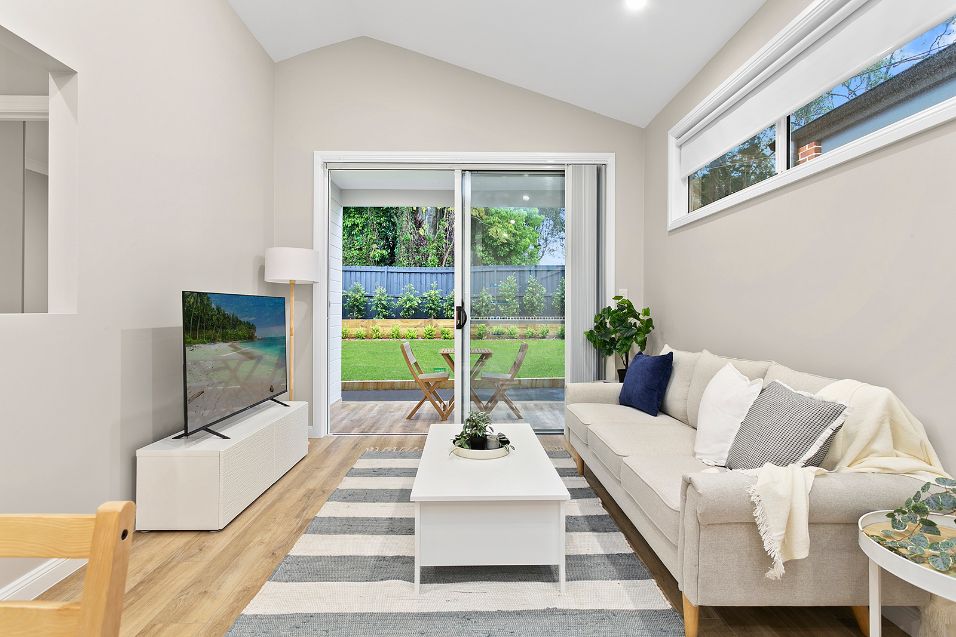
Modern and Contemporary design. You’ve probably heard these two styles used interchangeably, and you’d be forgiven for thinking they’re one and the same. However, they are actually two distinct styles with their own characteristics and goals.
Contemporary design is more fluid and responsive to the current cultural climate, whereas modern design has a focus on functionality and uniformity.
In this article, we’ll continue to explore and decode the major differences between the two styles. Additionally, we’ll look at how to achieve the perfect balance between the two styles for your own interior design.
What is Modern Design?
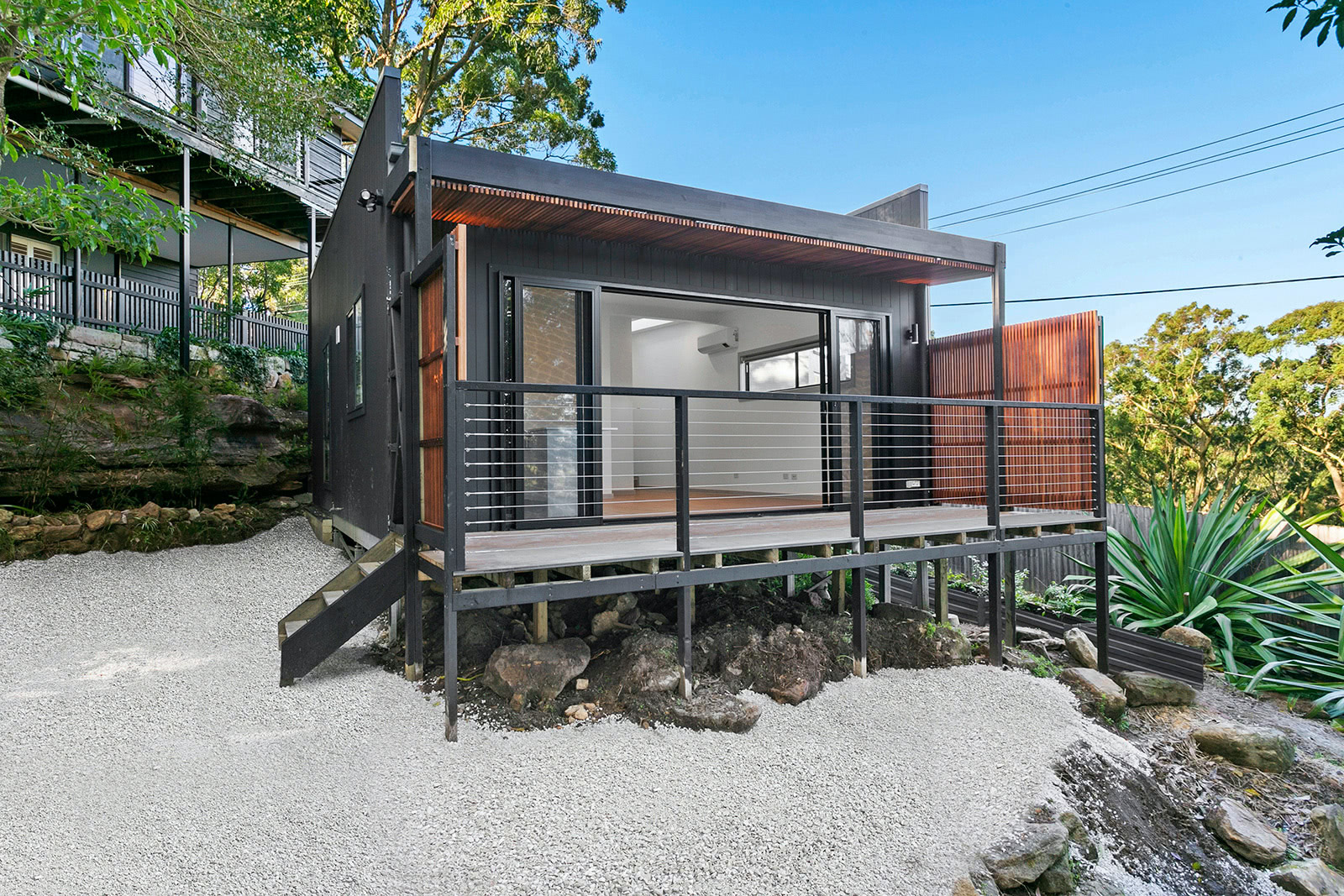
The background and evolution of modern design can be traced back to the Industrial Revolution in the late 18th and early 19th centuries. The introduction of new manufacturing techniques and materials, such as mass production and the use of steel and other industrial materials, led to a shift in design aesthetics.
This new aesthetic, known as “modernism,” emphasised simplicity, functionality, and a break from traditional forms and ornamentation.
Beginning of the 20th Century
Over the 20th century, modern design continued to evolve, with movements such as Bauhaus and the International Style influencing architects and designers to prioritise function and simplicity in their work.
As the century progressed, new materials and technologies, such as plastic and new forms of communication and transportation, further shaped the direction of modern design.
Late 20th Century
In the latter half of the century, designers began to incorporate more colour, texture, and playful forms into their work, resulting in movements like Pop Art and Postmodernism.
Present Day
Today, modern design continues to evolve and adapt to new technologies and societal changes, with a focus on sustainability, accessibility, and user-centred design becoming increasingly important.
Characteristics of Modern Interior Design
- Minimalism
- Clean lines
- Focus on function
- Neutral colours with bold contrasts
- Geometric shapes and patterns
- Open and airy spaces
What is Contemporary Design?
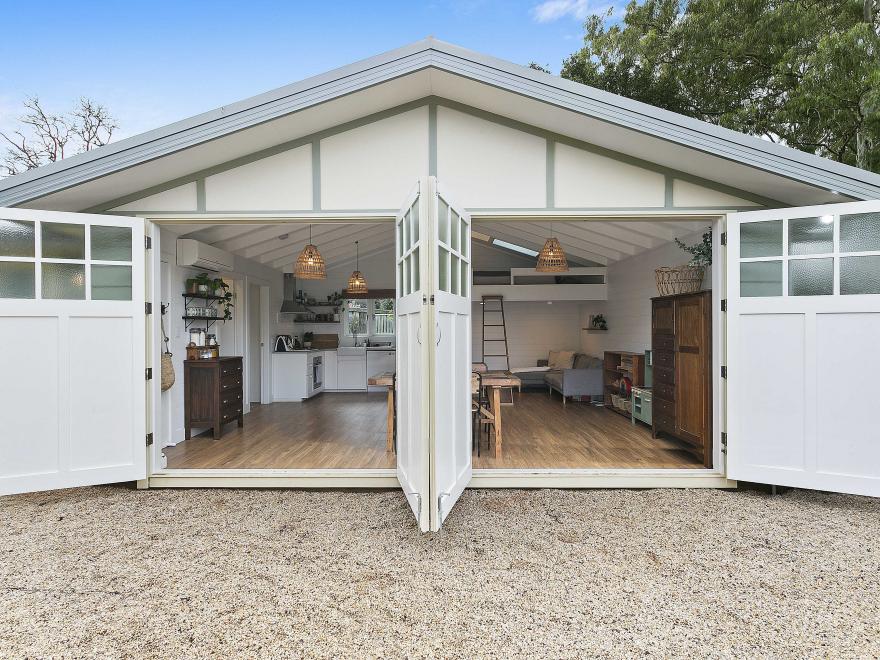
Contemporary design refers to the design styles, trends, and movements that have emerged since the end of the 20th century. The term “contemporary design” is often used to describe designs that are current and in line with the latest trends, but it can also refer to designs that are considered avant-garde or experimental.
Minimalism meets modern technology
Contemporary design is marked by a focus on minimalism, clean lines, and a lack of ornamentation. It also often incorporates elements of technology and digital design, as well as sustainable materials and practices.
The influence of globalisation and the increasing interconnectedness of the world has also played a role in the evolution of contemporary design, with designers drawing inspiration from diverse cultures and incorporating traditional techniques and materials in new ways.
The use of new technologies such as 3D printing, virtual and augmented reality, and the internet has also greatly impacted the field of contemporary design, giving designers new tools and resources to create and communicate their designs.
Additionally, the rise of user-centred design and the emphasis on accessibility and inclusivity has become increasingly important in contemporary design.
Characteristics of Contemporary Interior Design
- Flexibility
- Adaptability
- Focus on the present
- Emphasis on comfort
- Multi-functional spaces
- Neutral colour palette
Comparing and Contrasting Modern vs Contemporary Design
While both modern and contemporary interior design share many similarities, such as their mutual use of natural materials and clean lines, they also have distinct differences in purpose. Modern design emphasises function, whereas contemporary design has a strong focus on comfort and flexibility.
Keep reading to see how we compare and contrast the two styles to give you a sense of their unique purposes that take a similar approach to their different end goals.
Similarities & Differences Between the Two Styles
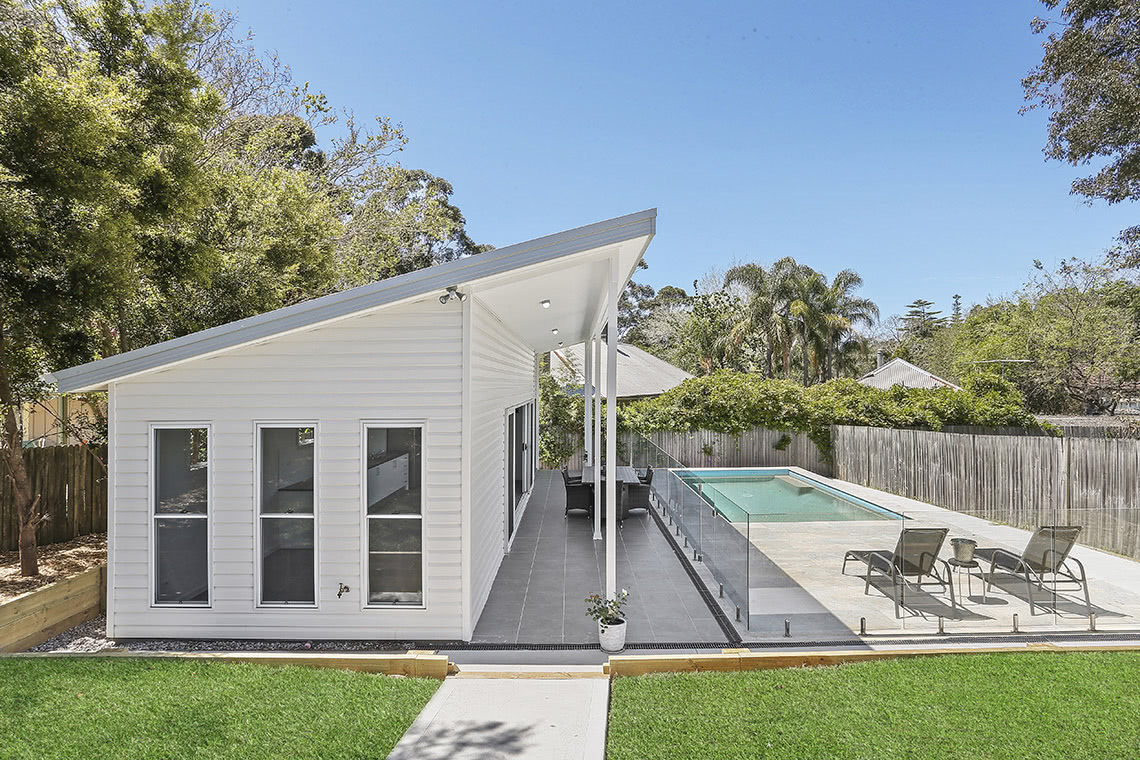
Similarities
- Minimalism. Both interior design styles emphasise simplicity and minimalism. This aesthetic choice is the entire basis of modern design, whereas contemporary design takes advantage of minimalism to better transition between different trends and lifestyles.
- Neutral colour palette. The two styles often use a neutral colour palette as a basis for the interior design. Modern homes tend to use warm neutrals; light beige and dark wood accents. Contemporary rooms also feature neutral colours but use bold decor and accents as contrasts.
- Natural light. Contemporary and modern designs incorporate large windows and other features to maximise natural light to balance cosiness with minimalism and function.
- Open space. Both styles place importance on creating open spaces to complement the natural light. The open space also complements the contemporary aesthetics’ focus on flexibility, with the modern style benefiting from the room for multi-functional spaces and furniture.
Differences
- Emphasis. A major difference between the two styles is their purpose; modern design emphasises functionality, while contemporary design focuses on comfort.
- Materials. While both designs incorporate natural materials, modern interiors often feature leather, chrome, and moulded plywood. Contemporary interiors may use innovative materials such as glass, bamboo, or concrete.
- Influence. Modern design was heavily influenced by the Bauhaus movement and other art movements of the early 20th century, while contemporary design is more influenced by the current cultural and social climate.
- Decor. Modern design emphasises the beauty of form, shape and function. Contemporary decor, on the other hand, features curved and sculptural art and accents.
Pros & Cons of Modern Interior Design
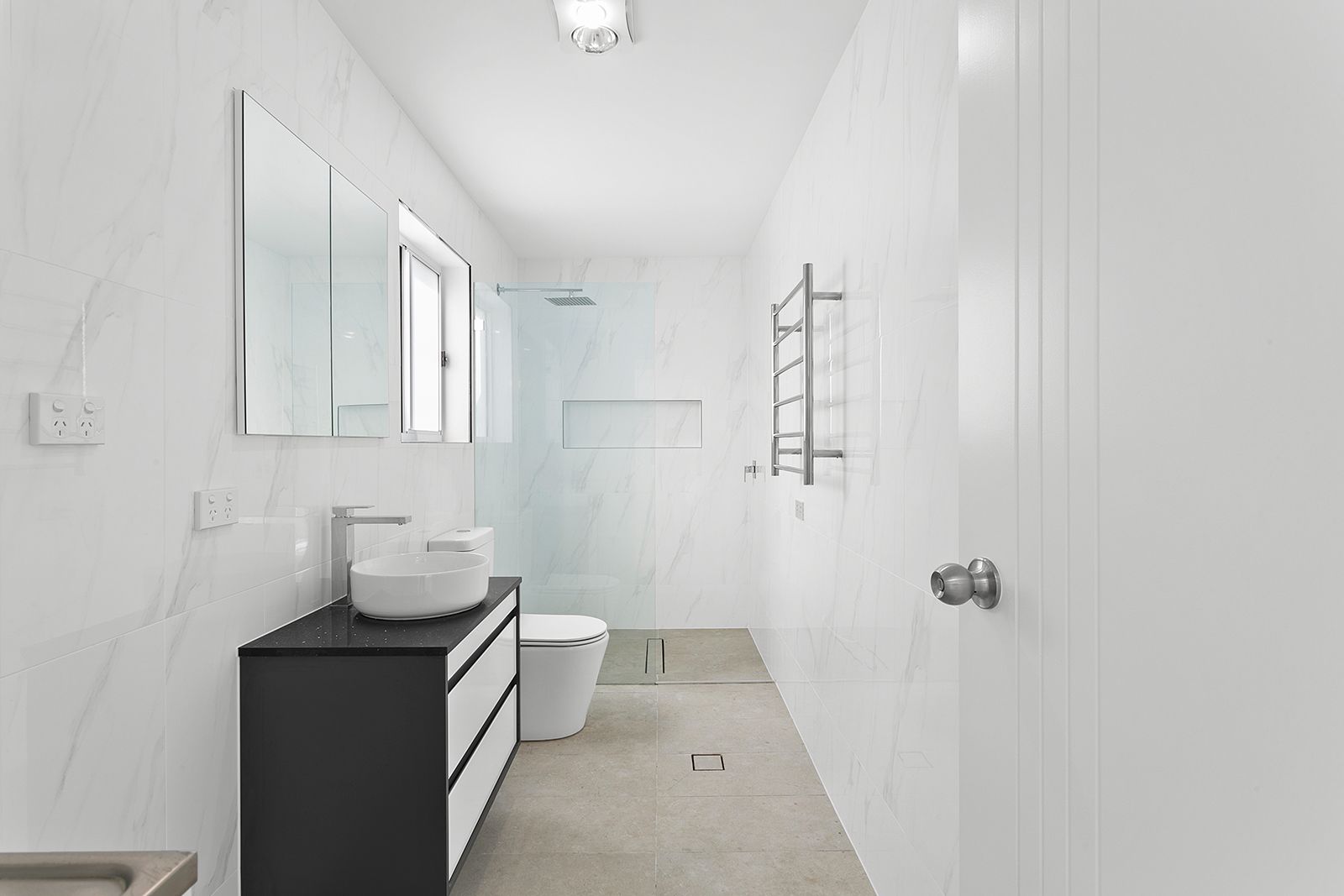
Like any interior design style, the modern aesthetic has its advantages and disadvantages. While homeowners will benefit from its emphasis on function and simplicity, some will find the style cold or impersonal due to its tendency to prioritise form over comfort. Here are four pros and cons of modern interior design:
Pros
- Emphasis on function and practicality
- Clean, minimalist aesthetic
- Focus on open spaces
- Use of high-quality natural materials
Cons
- Potential for space to feel cold or impersonal
- Lack of emphasis on comfort
- Can feel rigid and inflexible
- May not be suitable for all tastes or design preferences and details
Pros & Cons of Contemporary Interior Design
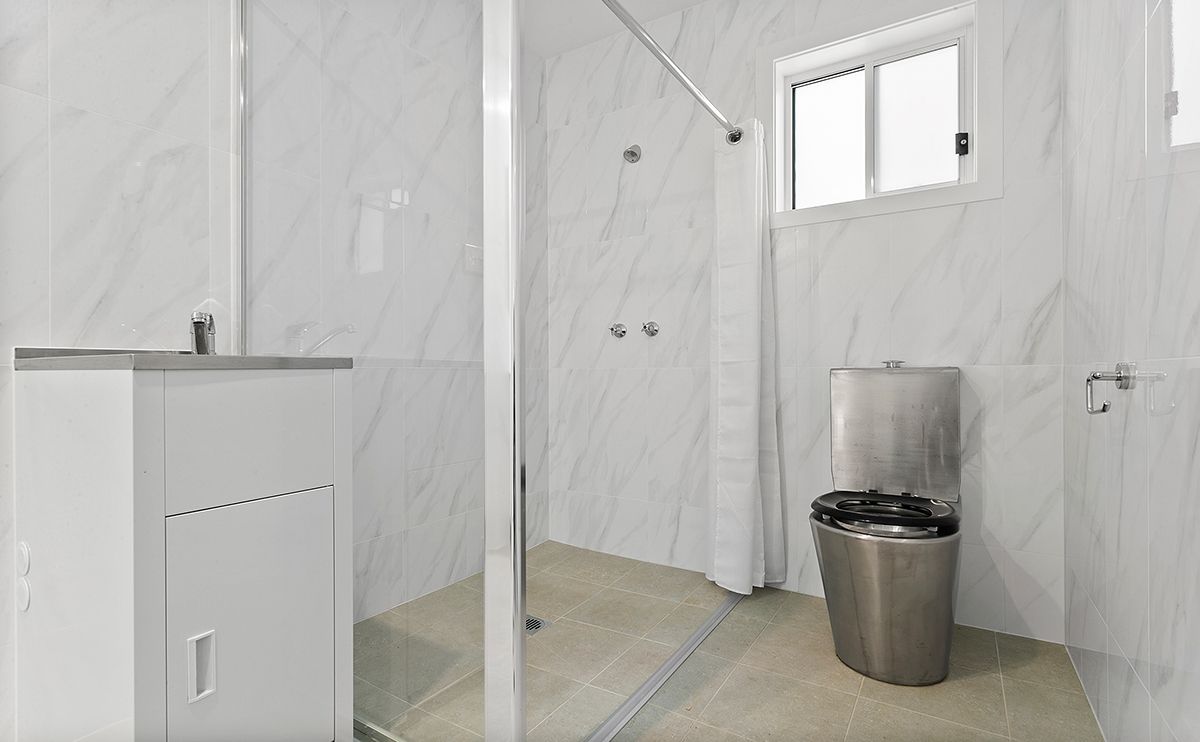
Contemporary design also has its advantages and disadvantages. Some of the benefits include the emphasis on innovation, adaptability, and creativity. In contrast, some designers and homeowners see its potential to be too trend-focused as a drawback. It can lack longevity and a clear identity, particularly when compared to modern design. Here are four pros and four cons:
Pros
- Emphasis on innovation and creativity
- Adaptability to changing needs and lifestyles
- Integration of modern technology and materials
- Ability to create a unique and personalised space
Cons
- Tendency to be less cohesive than other design styles
- Can be expensive to incorporate the latest materials and trends
- Potential to be too trend-focused and lack longevity
- Risk of becoming too eclectic with several influences
How to Combine Both Design Styles into a Single Home Interior
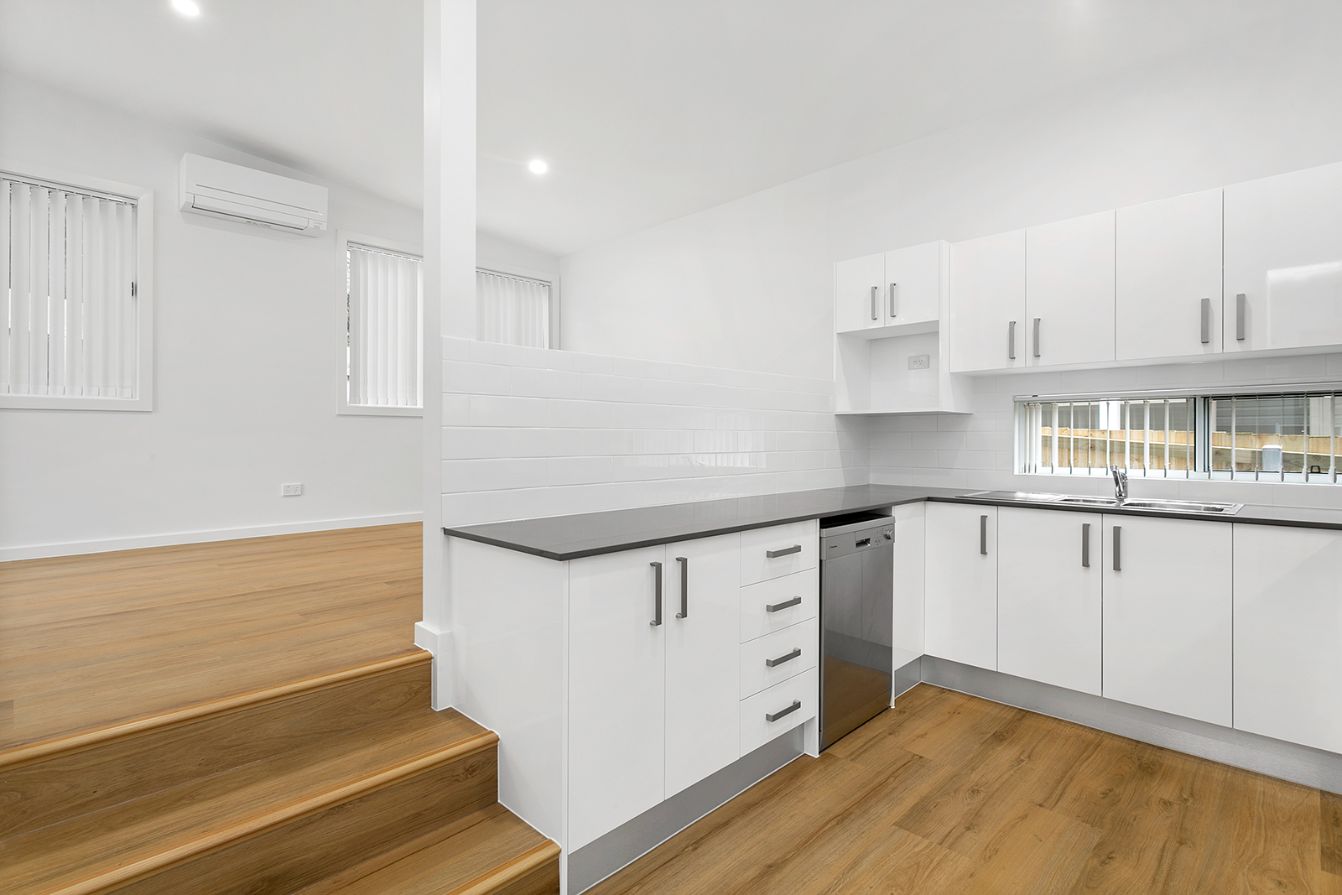
Combining contemporary and modern design styles for your home’s interior can create a space that feels both fresh and timeless. To successfully blend the two styles, it’s important to focus on creating a harmonious look that balances the best of both worlds throughout your entire house or apartment.
One way to achieve this is to use a neutral colour palette as a foundation and then incorporate pops of bold colours and patterns in a contemporary style. This can help to create a visually interesting and dynamic space without being overwhelming.
Another approach is to use modern furnishings and accents. For example, a sleek and simple sofa in a modern style can be paired with a colourful contemporary rug or statement piece of art.
Whether you are looking to design a minimalist living room or a modern 2-storey granny flat, here are a few more methods to consider:
Tips and Tricks for Seamlessly Blending the Two Design Styles
- Start with a neutral colour palette. Consider using white, grey, or beige as a base colour and then incorporate pops of bold colour or patterns. As an example, your kitchen can feature mostly white cabinetry or metal accents. Alternatively, you could paint an entire wall differently as a strong statement piece.
- Use natural materials. Materials like wood and stone can add warmth and texture to your space. You can use a mix of materials to create balance and visual interest, even in small spaces like your bathroom.
- Mix and match furnishings. Combining modern and contemporary furnishings makes a dynamic space. For example, a contemporary armchair with a modern coffee table in your living room or home office.
- Pay attention to scale. Make sure that furnishings and accents are appropriately sized and balanced in relation to one another. Having a large window or sliding door can add to the sense of scale and make your space appear larger.
- Incorporate statement pieces. Create a focal point like a bold and colourful contemporary rug or a throw pillow in your bedroom. This can add contrast and personality to the modern aesthetic.
- Embrace minimalism. Both modern and contemporary styles favour a minimalist feel, so don’t be afraid to keep things simple. Use clean lines and uncluttered spaces to create a sense of tranquillity.
Contemporary and modern design have their own unique origins, influences, and characteristics. But despite their differences, both styles prioritise minimalism and simplicity. Blending the two together creates a dynamic and visually interesting space that feels both fresh and timeless.
The key to successfully combining the two interior design styles is to focus on creating a cohesive feel.
Work with a team of design experts for your next granny flat
If you’re looking to create a blend between modern flat styles and contemporary styles in your home, Granny Flat Solutions are your experts in creating and curating stylish granny flats. We offer a free quote and obligation-free site inspection to discuss the style best suited to you and add tremendous value to your property.
Our business caters to anyone within NSW’s Sydney Metro, Central Coast, Illawarra, Newcastle regions. Get in contact with us today!
Ready to start your building journey? Chat to our team of experts today and get a FREE personalised quote
Find Out More
“Experience the difference for yourself.”
Call now to book your obligation free site inspection and quote with our friendly staff.








 Share
Share

